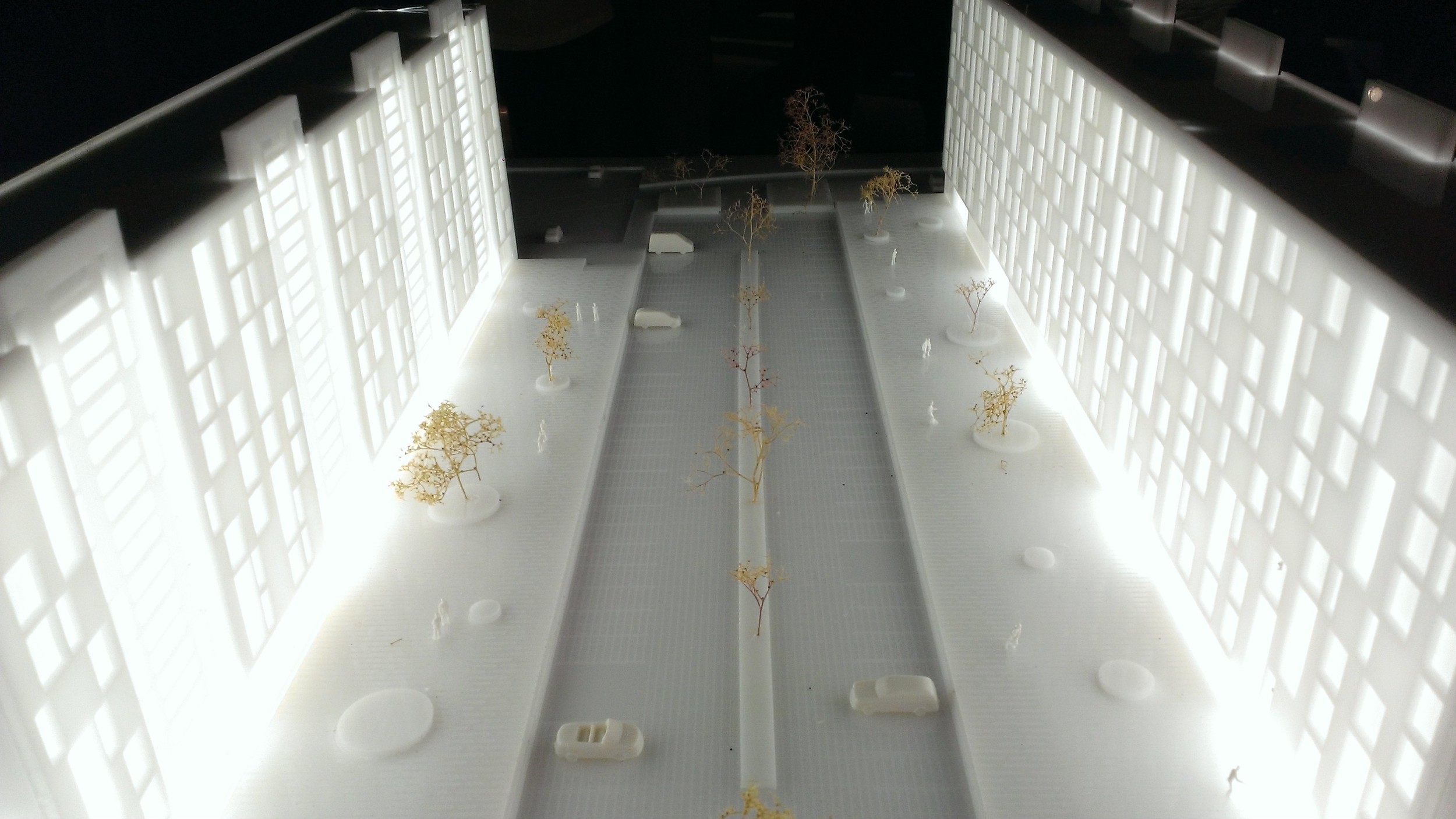Tallinn Reimagined
Lasnamäe: New Diversity, by Dorte Mandrup Arkitekter
"I think we need the younger generation to start thinking about what to do with the Soviet heritage. They don't have this direct emotional baggage, because they don't remember the time," said Kaidi Õis, one of the young curators prior to the Curators' Exhibition of Tallinn Architecture Biennale on Friday, which took place at the Estonian Ministry of Foreign Affairs. "Generally when we talk about Soviet heritage, we only talk about practical matters like insulation and roof leakages."
Sometimes, Tallinn's urban planning seems to be endless rounds of plugged roof leakages. The city's detractors would say it sucks the life out of its inhabitants, with creaking Soviet-era trams on rusty lines taking unhappy-looking inhabitants to work, and then home to concrete towerblocks to sleep, their winter heating bills too high for leisure to be a possibility. This is a bleak and not entirely fair picture of a city which has class and beauty in sometimes unexpected places. However it is true that post-1991 Tallinn has not yet attempted large-scale structural changes to the city's built environment (perhaps due in part to a suspicion of ideologically-driven planning). The exhibition was thus a chance for Estonian architects to exorcise a few demons, while international companies and groups showed their blue-sky solutions to get people smiling again.
As shown in the pictures above and below, Denmark's Dorte Mandrup Arkitekter decided to light up Lasnamäe, Tallinn's most populous but arguably least appreciated district. Click the images to enlarge.
Meanwhile, Lukasz Wojciechowski and Vroa Architekci looked at how to make Pirita a true jewel in Tallinn's crown. The district may have Tallinn's most popular and commercial beach, but its hotel and yachting centre, Pirita TOP, is sometimes criticised due to its bulky looks. The architects' plans do not change the building's appearance, rather its purpose. Addressing the problem of pedestrians having to walk across a road bridge away from the most attractive parts of the coastline, Pirita TOP is turned into a pedestrian and cycle bridge.
An elegant use of a building, "Floorshow", by Salto Architects:
Estonian architects KUU Arhitektid, KAVAKAVA and Eik Hermann teamed up to present this laugh-out-loud comic strip showing how Narva Maantee, currently something of a concrete tunnel in the city centre part of the road, could be opened up, creating more active streetlife... with the help of some cockroaches. They also had real-life cockroaches, housed in perspex and causing looks of horror and surprise from passing visitors.
A truly appealing proposed revamp of the former Eesti Post (central post office) building, changing it into a twisting, contorting art project that resembles human limbs and bone. I felt it was an ironic reflection on modern Tallinn that, rather than becoming a utopian public space that creates pride, like the Guggenheim in Bilbao, the once-post office has in reality become a branch of H&M.
The positive point to be made is that the second Tallinn Architecture Biennale challenged everyone's perception of the city, calling upon fresh eyes and minds to engage with old Soviet buildings and make them beautiful, rather than just patching up perceived problems. Having the discussion is a definite step forward. If architecture this imaginative could come to bear in Tallinn, just imagine how the city could look in 20 years.














